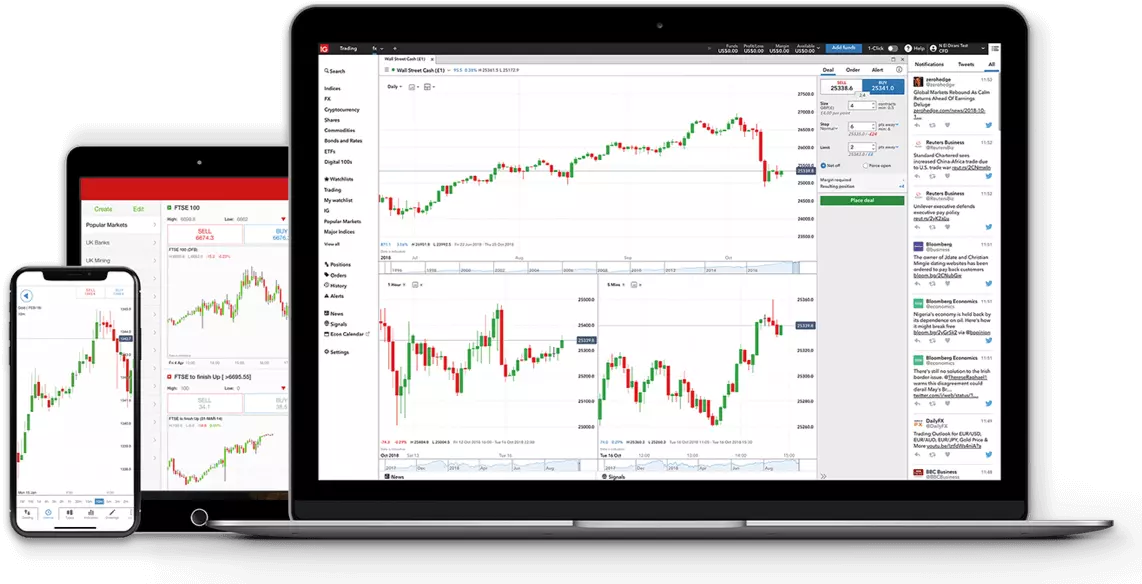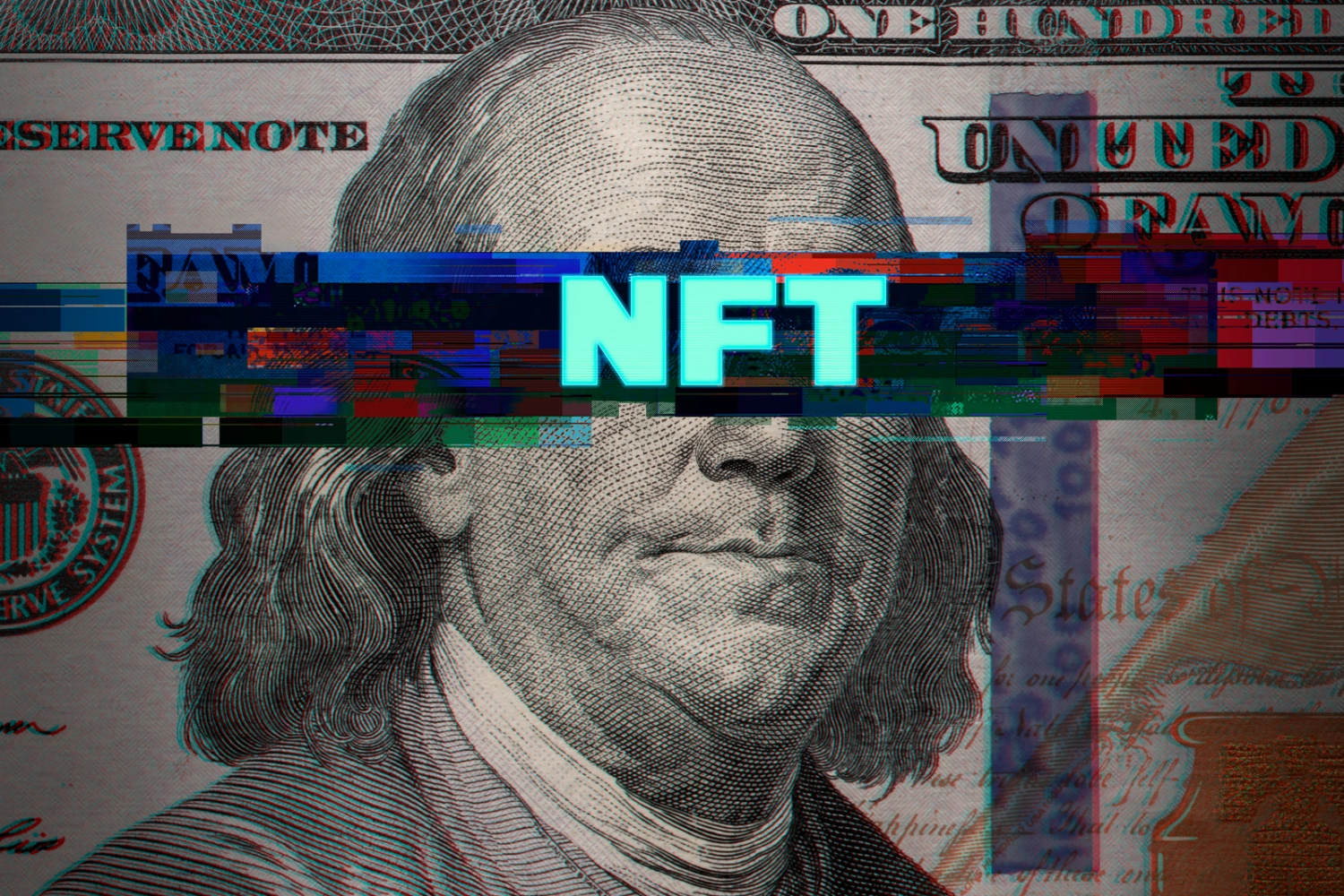Student Loan Debt Killing Millennials: The Crisis Unveiled

Student loan debt is a significant financial burden for millennials, often hindering their economic progression. This debt can delay milestones like home purchasing and retirement savings.
Surging college tuition costs have saddled millennials with unprecedented levels of student loan debt, becoming a critical obstacle to their financial stability. The long-term effects on their personal finances include delayed homeownership, difficulties in saving for retirement, and a reluctance to take entrepreneurial risks.
With the average student loan debt surpassing $30,000 for recent graduates, the impact is felt not only on an individual level but also on the economy at large. The conversation on student loan debt is increasingly urgent, with calls for solutions ranging from policy reform to forgiveness programs to better financial education. Escalating student loan debt is more than just numbers; it’s a generational crisis that reflects broader economic challenges facing those who pursued higher education to secure a better future.
The Burden Of Student Loans On Millennials
Millennials bear a hefty financial yoke due to the overwhelming weight of student loans. These obligations often extend well beyond their college years, influencing career choices, living situations, and even retirement planning. The student loan crisis has become a glaring challenge affecting this generation’s economic stability and quality of life.
Skyrocketing Tuition Fees And Borrowing Trends
Tertiary education costs have soared disproportionately compared to inflation. This trend compels students to seek loans, burdening them with substantial debt even before they enter the workforce. Let’s explore the patterns in tuition increases and borrowing.
| Year | Public College Tuition | Private College Tuition | Average Borrowed |
|---|---|---|---|
| 2010 | $7,627 | $27,293 | $9,000 |
| 2015 | $9,410 | $32,405 | $10,800 |
| 2020 | $10,560 | $37,650 | $12,700 |
These figures are stark indicators of why student loans have become a default mechanism to afford higher education for so many.
Long-term Financial Implications For Young Adults
Student debt doesn’t just delay short-term financial goals; it also reshapes the economic future of young adults. The long-term effects include:
- Homeownership delays
- Struggles to save for retirement
- Difficulty in building emergency funds
- Challenges with starting businesses
- Postponement of major life events like marriage
These repercussions ripple through the economy, posing potential setbacks for the broader financial system. Young adults face the Herculean task of balancing student loan repayments with building their financial future.

Credit: www.denverpost.com
Personal Stories Of Struggle And Sacrifice
Millennials face a daunting financial landscape unlike any other generation before them. Tangled in the web of student loan debt, personal stories reveal the depth of their struggle and sacrifice. These accounts shine a light on the challenge of navigating adulthood under the burden of financial duress.
Deferred Life Milestones Due To Debt
Launching a career, buying a home, or starting families—for many, such dreams remain on hold. Exhaustive student loan payments redirect funds that could help achieve these goals. Thus, pivotal moments in life get pushed further into the future.
- Student loans overshadow home ownership dreams, with many citing high debt-to-income ratios as a barrier.
- Pursuing marriage or family planning takes a backseat, as financial stability becomes a mirage.
- Stories surface of millennials choosing between education debt and retirement savings, often prioritizing the former.
Mental Health Toll And Quality Of Life
The emotional burden of debt is palpable in personal anecdotes. Constant stress about finances erodes mental well-being and diminishes quality of life.
- Millennials report high levels of anxiety and depression tied to their financial obligations.
- Stories of overwhelming pressure to keep up with payments often include accounts of sacrificing health and happiness.
- Recurring themes of sleepless nights and strained relationships are common amongst those grappling with student debt.
Through these personal narratives, the true cost of student loan debt extends far beyond finances, impacting every facet of life for countless millennials.
Breaking Down The Numbers
Let’s dive into the reality of student loan debt crushing the dreams of many millennials. The numbers speak volumes about the urgent need to understand this financial crisis.
Loan Statistics: National And Demographic Disparities
Stepping into the world of loan statistics can be eye-opening.
Did you know the total student loan debt has soared to $1.7 trillion? This debt affects over 44 million borrowers nationwide.
Who has the most debt? It may not be who you think! Studies reveal significant disparities when we slice the data:
- Women hold approximately two-thirds of the total debt.
- African American graduates have 50% more debt than their white counterparts.
This imbalance raises major concerns about fairness and long-term financial health.
Projected Economic Impact Of Student Debt Overload
The ripple effects of massive student debt can’t be overstated.
Experts project a bleak economic outlook if current trends continue. These burdens can potentially delay:
- Homeownership
- Retirement saving
- Small business formation
Bearing such heavy debt, millennials struggle to participate fully in the American economy. This impacts everyone’s future.

Credit: en.wikipedia.org
Systemic Issues In Higher Education Financing
Millennials face a growing threat as student loan debt profoundly impacts their lives. The roots of this issue lie deep in the systemic issues within higher education financing, a complex web that entangles federal and private lending with institutional policies. Understanding the intricacies is key to seeking meaningful reforms.
The Role Of Federal And Private Loans
Federal and private loans play pivotal roles in college financing. Federal loans, known for fixed interest rates and repayment flexibility, are often the first choice. Yet, they may not cover the full cost of education. This gap leads many to private loans, which can have variable rates and less forgiving repayment terms. The reliance on both loan types fuels the debt crisis.
- Federal loans: Subsidized, Unsubsidized, PLUS Loans
- Private loans: Banks, Credit Unions, Online Lenders
Critiques Of The Current Financial Aid System
The current financial aid system draws heavy criticism. Experts point out its failure to keep up with rising tuition costs. Others highlight the lack of transparency and the confusing aid process as major flaws. There’s a growing consensus that the system favors lenders over students, exacerbating the debt dilemma millennials face today.
| Issue | Impact on Students |
|---|---|
| Rising Tuition Costs | Increased Borrowing |
| Confusing Aid Processes | Uninformed Financial Decisions |
| System Favors Lenders | Less Beneficial Loan Terms |
Voices For Change And Proposed Solutions
The surging tide of student loan debt casts a formidable shadow over the aspirations of countless millennials. In response, a chorus of voices lifts in unison, demanding transformative change and proposing bold solutions to alleviate this financial burden.
Government And Policy Level Interventions
Policy reform is crucial in tackling the student loan crisis. Advocates emphasize the need for comprehensive solutions, ranging from loan forgiveness programs to income-driven repayment plans that reflect a borrower’s financial reality. Further action includes the potential for lower interest rates on federal loans and better financial guidance for students pre-enrollment.
- Expansion of Public Service Loan Forgiveness (PSLF)
- Greater access to refinancing options for all borrowers
- Protected deferment periods during economic hardship
Innovative Approaches To Debt Relief And Education Funding
Beyond traditional models, innovative approaches surface to pave new paths for education funding. Income Share Agreements (ISAs) have emerged, where repayment is tied to future earnings rather than a fixed sum. Startups and non-profits alike are exploring crowdfunding education costs, while some employers now offer student loan repayment as a job perk.
| Solution Type | Description | Example |
|---|---|---|
| ISAs | Pay a percentage of income post-graduation | Purdue University’s Back a Boiler program |
| Crowdfunding | Raise funds through online platforms | GoFundMe Education Campaigns |
| Employer Repayment | Employers contribute to loan payments | Google’s Student Loan Repayment Benefit |

Credit: en.wikipedia.org
Navigating Debt In The Meantime
The weight of student loan debt is a heavy burden for many millennials. Finding strategies to manage and navigate this debt is not just a financial imperative; it’s crucial for mental well-being. With the right approach, the mountain of debt can gradually erode into a manageable hill.
While landing your dream job or a significant salary bump might not happen overnight, taking proactive steps today can make a real difference. Adaptation and planning are your best tools.
Advice For Loan Repayment
- Understand your loans: Know your balance, interest rates, and the repayment terms.
- Create a budget: Track expenses, prioritize loan payments.
- Consider refinancing: Look for lower interest rates to reduce overall cost.
- Apply for income-driven repayment: If you qualify, your payments could be more affordable.
- Use windfalls wisely: Tax refunds or bonuses can chip away at the principal.
Financial Management
Being smart with your money creates a safety net. Financial literacy is empowering. Learn to invest, save, and make your money work for you.
- Start an emergency fund: Even a small one helps.
- Scale back non-essential expenses: Focus on needs.
- Boost your credit score: Pay bills on time, every time.
- Explore side hustles: Extra income helps pay loans faster.
Resources And Support Systems For Struggling Graduates
The journey isn’t solitary. Abundant resources offer guidance. Non-profits, financial advisors, and online communities provide support. Leverage these networks.
| Resource Type | Description | Examples |
|---|---|---|
| Non-profits | Debt counseling, education | National Foundation for Credit Counseling |
| Online forums | Peer advice, motivational stories | Reddit’s r/StudentLoans |
| Financial Advisors | Personalized planning | Association for Financial Counseling & Planning Education |
Frequently Asked Questions For Student Loan Debt Killing Millennials
How Does Student Loan Debt Affect Millennials?
Student loan debt often leads to delayed home ownership and entrepreneurship among millennials. It can also restrict career choices and savings for retirement, impacting overall financial stability and advancement.
Are Millennials The Most Indebted Generation?
Yes, millennials carry significant financial burdens compared to previous generations, with student loan debt being a major contributor. This financial strain affects their economic choices and long-term wealth accumulation.
What Percentage Of Millennials Have Student Loan Debt?
As of the latest data, approximately one-third of millennials have student loan debt. The average balance exceeds $30,000 per borrower, showcasing the widespread impact of educational loans on this generation.
Can Student Loan Debt Be Forgiven?
Yes, under certain conditions such as public service work or through income-driven repayment plans, a portion of student loan debt may be forgiven. However, criteria are strict and not all loans may qualify.
Conclusion
Millennials are facing an uphill battle with student loan debt. It stifles their financial growth and delays key life milestones. Yet, awareness is the first step toward change. By tackling debt with informed strategies and advocating for policy reform, millennials can emerge victorious.
Their financial freedom is worth the fight.







